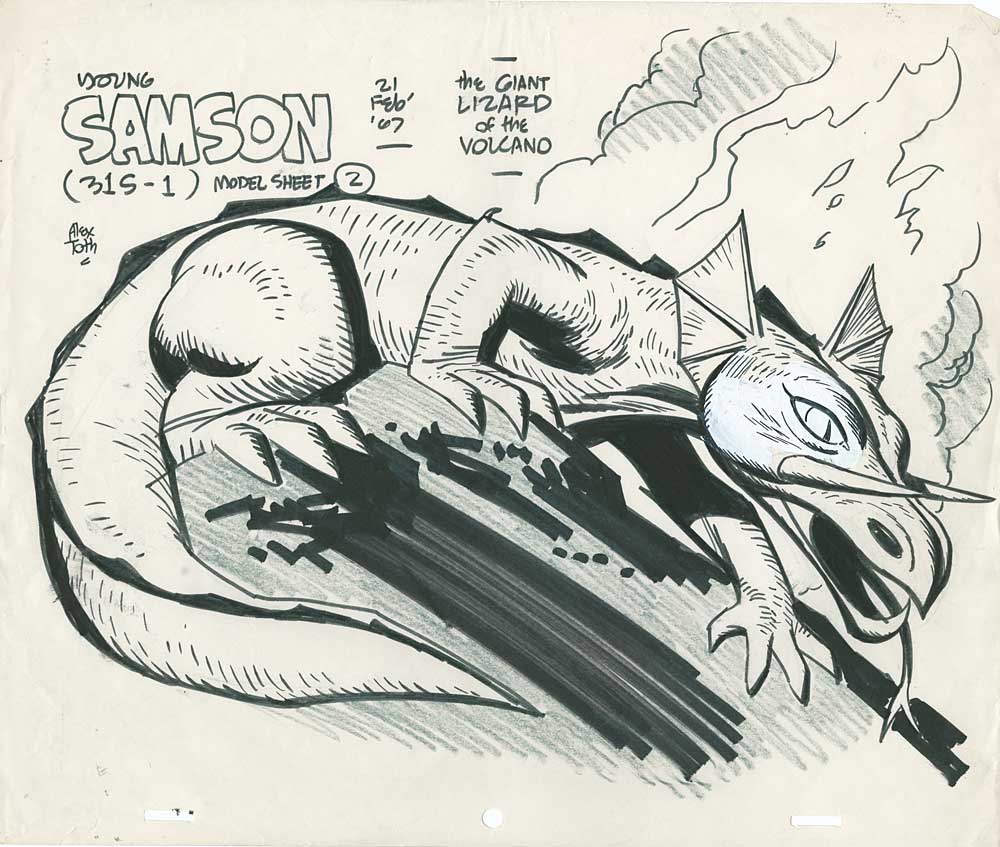This post is loosely a follow-up to one my one on the lower planes last week, in that it continues to riff on ideas for Taterus/Carceri. It first appeared in 2011. This would pretty much become the Weird Adventures
view of the plane.
The Black Iron Prison is the Plane of Confinement. Despite it’s name, the prison is not always as apparent as iron bars and stone walls (though it has plenty of that, carved as it was from ancient bones of some demonic titan)--its evil is more subtle than that. Restriction and imprisonment of various forms permeate it.
Portals to the plane are sometimes found on the Material Plane in the form palm-sized, rusted, black iron boxes, heavier than they appear. Visitors to the plane describe an "outer" desert of squalid intern camps, stretched arond and inner, three (or more) dimensional Escher maze of cell-blocks, isolation chambers, and interrogation rooms.
The plane is the home (and the prison) of the
deodands, a vile race sentenced to serve as the guards and administrators of the apotheosis prison as punishment for ancient crime. Demonologists have cataloged three primary castes or species of these creatures (though there are undoubtably more):
The lowest caste of deodands are tall, emaciated, scabrous creatures with frog-like mouths. Their bare skins weep a tarry ichor from numerous injection sites. They're junkies and dealers; they mix the astral excreta of despair, callousness, and resignation that oozes from the souls that fall into their hands with the bile of arthropodals that make their homes in the prison’s substructure and inject it beneath their skin. The tarry substance--and a brief respite from their paranoia in a cold, sneering high--are the result. The tar is packaged and sold (to the prisoners to be smoked or injected) in exchange for pleasant memories or dreams or hopes--anything that defines the former self-hood of the soul. When not engaged in commerce, these
tar demodands are the menials of the prison. On the Material Plane, their shadows have the same viscous consistence as their tar, but no psychoactive properties.
The middle caste are the color of a fresh bruise. Their limbs are swollen like blood sausages, and their tick-like bellies appear filled to near bursting, sloshing loathesomely as they waddle or fly drunkenly on ridiculously small wings. Their bloated faces are unpleasantly human-like and wear expressions of volutuous satiety, complete with drool running from the corners of their mouths and down their double (or triple) chins. Always their skins appear to glisten as if oiled; this is due to a slime they secrete. They sweat even more when they eat, and they eat almost constantly. They fancy themselves gourmets, and there is nothing they consider so refined as dining on astral substance of souls. They prefer
fatted souls, though, and always expose victims to their slime before dining on them. Under the slime's influence, the poor souls become grossly corpulent. At that point, they're ready for the
slime deodands to
drain them to emaciation but never destruction. The they restart the slime feeding and the process begins again. Slime deodands are torturers and interrogators in the deodand hierarchy.
The highest caste are strutting, sadistic martinets--the wardens and senior guards of the prison. They’re vaguely human-like in form, but with pale, wrinkled skin that seems ill-fitted to their bodies. They’re androgynous with bald heads and unfeminine faces, but pendulous breasts and high-pitched voices. They have a penchant for dressing in uniforms, the more elaborate the better.
Sagging deodands (as they’re called) are found of searches, interrogations, and tortures. They foster paranoia not as a hobby, or even a vocation, but simply due to their natures. Infractions are always found, and prisoners are encouraged to inform on others--but only after they themselves are questioned to the breaking point.
It’s a good thing for Prime Material Plane that deodands seldom arrive on it unbidden. Sadistic sorcerers have been known to arrange “renditions” for enemies, though the price for such a service is rumored to be steep.









































